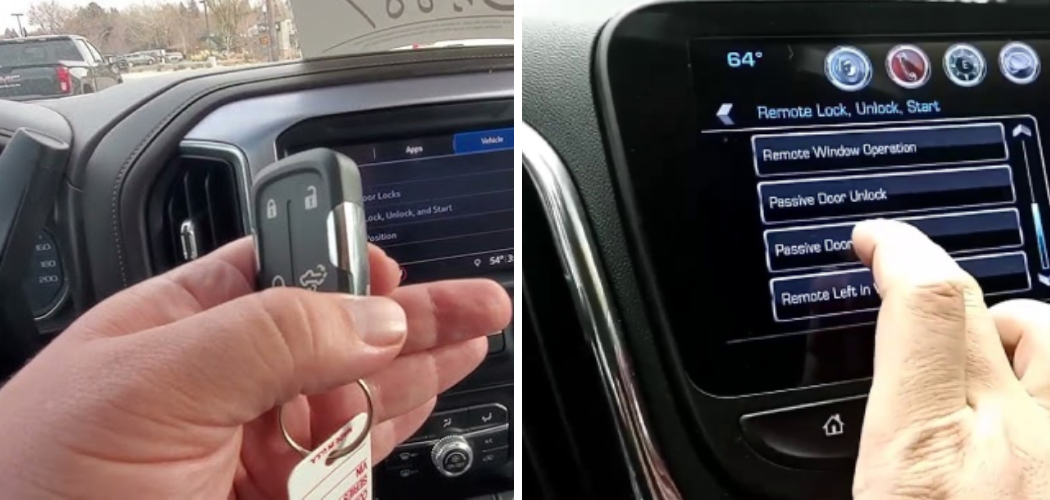Passive door locking, a convenient feature in many modern vehicles, automatically locks your car’s doors when certain conditions are met, such as when you start driving or reach a certain speed. While this feature enhances security, it might not align with everyone’s preferences or needs.
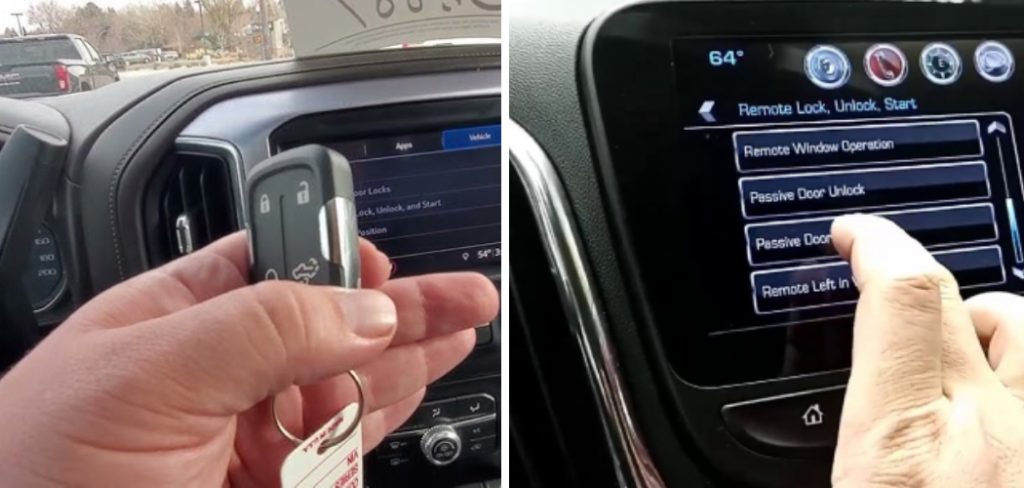
Whether you find passive door locking more of a hassle than a benefit or simply want to customize your car’s locking behavior, learning how to turn off passive door locking is a valuable skill for any car owner. In this comprehensive guide, we will delve into the step-by-step process of disabling passive door locking in various vehicle makes and models, ensuring that you regain control over your car’s locking system.
Whether you’re looking to creekline your car’s security features or seeking a way to adapt them to your preferences, our insights and tips will guide you through the process, giving you the freedom to choose how your vehicle’s doors behave. So, let’s explore the world of automotive customization and discover how to disable passive door locking in your car.
Importance of Turning off Passive Door Locking
Passive door locking is a feature found in many vehicles that locks all the doors automatically when the car reaches a certain speed. While this can be helpful for preventing theft and other issues, it can also be dangerous. In an emergency situation where you need to exit your vehicle quickly, having to manually unlock the doors may make it difficult or impossible to do so. For this reason, it is important to turn off any passive door locking features your vehicle may have.
Additionally, if you’re in an area with animals that could be injured by slamming doors, such as a rural area or farmland, it’s especially important to disable the feature so you can open and close the doors quietly. This will help protect wildlife while also ensuring that you can safely enter and exit the car.
It’s also important to note that the power required to operate the passive door locking feature may reduce your vehicle’s overall fuel efficiency. By turning off this feature, you can help keep your gas mileage at a higher level, saving you money in the long run.
What Passive Door Locking Is and Its Purpose in Modern Vehicles
Passive door locking is a modern feature often found in newer vehicles, which serves the purpose of automatically locking the car doors whenever it reaches a certain speed.
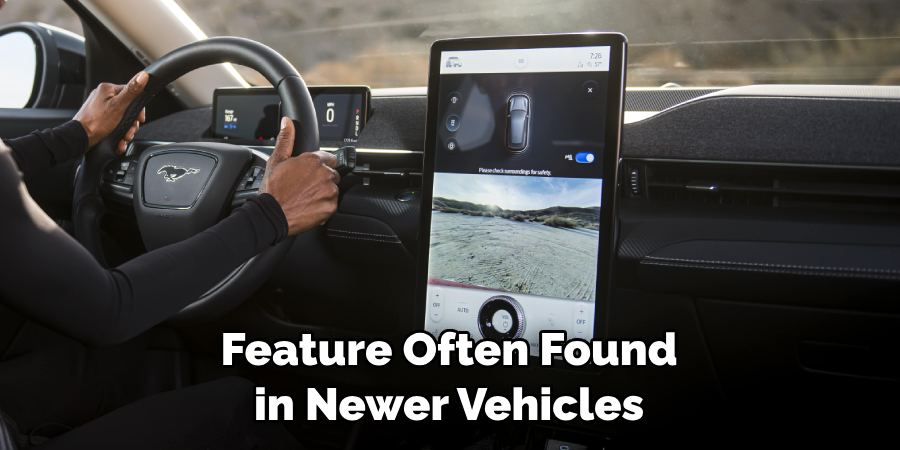
This can be seen as an added security measure for your vehicle, as it prevents anyone from entering without permission, even if they are able to open the doors initially. It is important to note that this feature will not prevent someone from breaking into your car, but it will reduce the likelihood of an intruder entering the vehicle in the first place.
When turning off passive door locking, you should be aware that this may cause other safety features to become disabled. For example, some vehicles have a system that locks all doors when the driver’s side door is opened without the engine being running. This feature will be disabled if the passive door locking is turned off, so it’s important to think carefully before disabling this safety measure.
In addition to considering the safety implications of turning off passive door locking, it is also important to consider how this may affect your car insurance premiums. Some insurance companies offer discounts for cars with advanced security features like passive door locking, so disabling this feature may cause your premiums to go up. It is always a good idea to check with your insurance company before making any changes that might affect your car insurance rates.
10 Steps How to Turn off Passive Door Locking
Step 1: Locate Your Owner’s Manual
The first step in turning off passive door locking is to locate your vehicle’s owner’s manual. This manual provides valuable information about your specific make and model, including details about the passive door locking system and how to adjust its settings.
Step 2: Access the Vehicle’s Settings Menu
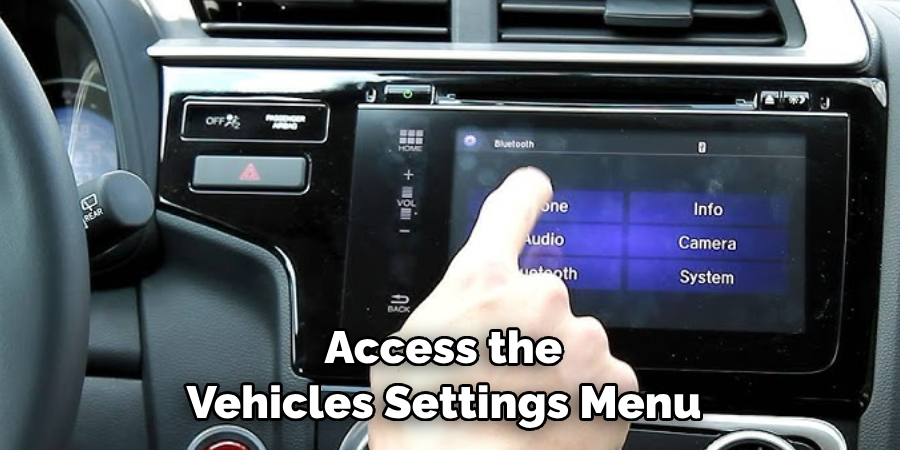
Once you have your owner’s manual in hand, it’s time to access the vehicle’s settings menu. The process for doing this can vary depending on the make and model of your vehicle, so refer to the manual for precise instructions. In many cases, you’ll find a button or touchscreen option labeled “Settings” or “Vehicle Settings” on your dashboard or center console.
Step 3: Navigate to Security or Door Locking
Within the vehicle settings menu, look for an option related to security or door locking. This is where you’ll find the settings for passive door locking. Again, the specific location of this option can vary, so consult your owner’s manual for guidance.
Step 4: Select Passive Door Locking
Once you’ve located the security or door locking section, you should see an option for passive door locking. Select this option to access the settings associated with this feature.
Step 5: Disable Passive Door Locking
Within the passive door locking settings, you’ll typically find an option to enable or disable the feature. Choose the “disable” or “off” option to turn off passive door locking. Be sure to follow any on-screen prompts or confirmations to save your changes.
Step 6: Confirm the Changes
After disabling passive door locking, the vehicle’s system may prompt you to confirm your decision. This is a safety feature to prevent accidental changes. Confirm that you want to disable passive door locking.
Step 7: Test the Setting
To ensure that passive door locking is indeed turned off, it’s a good idea to test the setting. Exit the settings menu and lock your vehicle using the key fob or door lock button. Then, wait for a period that is longer than the usual activation time for passive door locking. Typically, this is around 30 seconds to a minute. If the doors do not automatically lock, it’s a sign that passive door locking has been successfully disabled.
Step 8: Consider Safety and Security
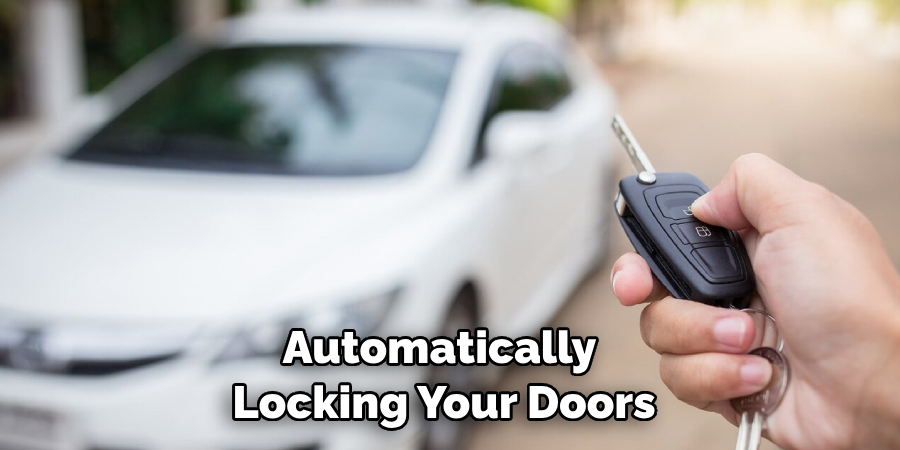
Before finalizing your decision to disable passive door locking, take a moment to consider your safety and security needs. Passive door locking is designed to enhance security by automatically locking your doors when you walk away from the vehicle. Turning it off may provide convenience but could also pose a security risk if you forget to manually lock your doors.
Step 9: Document the Change
It’s a good practice to document any changes you make to your vehicle’s settings. This documentation can be useful for future reference or if you decide to sell the vehicle. Note the date and the specific change you made in your owner’s manual or in a separate document for easy reference.
Step 10: Reversing the Changes
If, at any point, you decide to re-enable passive door locking, you can follow a similar process but select the “enable” or “on” option in the passive door locking settings. Always refer to your owner’s manual for detailed instructions on how to revert to the default settings.
Things to Consider When Turning Off Passive Door Locking
When you decide to turn off the passive door-locking feature in your car, there are several things to keep in mind.

First of all, you should make sure that all of the doors and windows on your vehicle are properly sealed and closed before disabling this feature. This is important because if one of the doors or windows is left open, it will stay open until you manually close it, leaving your vehicle vulnerable to potential theft.
Another important thing to consider when disabling the passive door locking feature is that you should be able to access and unlock all of the doors on your car from both inside and outside if necessary. This means that if any of the doors become stuck or difficult to open, you can still get into your car without needing to call a tow truck or technician.
Finally, make sure that you read the instructions provided in your vehicle’s manual before disabling the passive door-locking feature. This will ensure that you know exactly how to turn off this setting and avoid any potential issues while doing so.
Conclusion
After learning about how to turn off passive door locking, you now have the tools to feel more secure and at ease when it comes to your car. With a little bit of time and patience, you can quickly disable this feature and have control over when your locks open or close. All you have to do is remember the steps outlined in this tutorial and follow them carefully.
Moreover, if you need additional guidance, don’t hesitate to seek out expert car maintenance services who will be able to assist you with any query that you might have. Overall, by disabling passive door locking, you’ll be able to enjoy the peace of mind knowing that your locks are only ever activated at times convenient for you.

